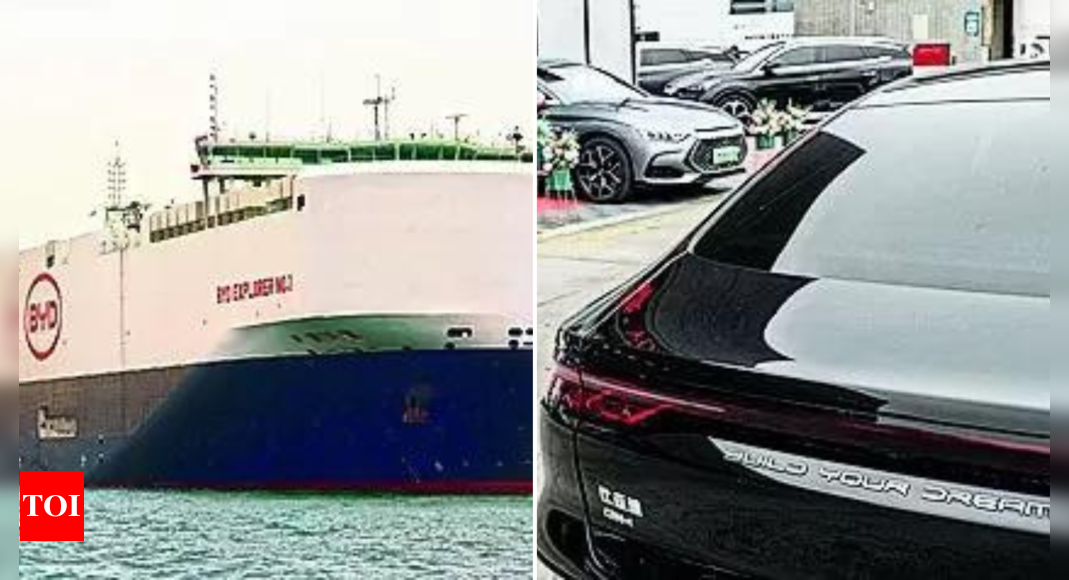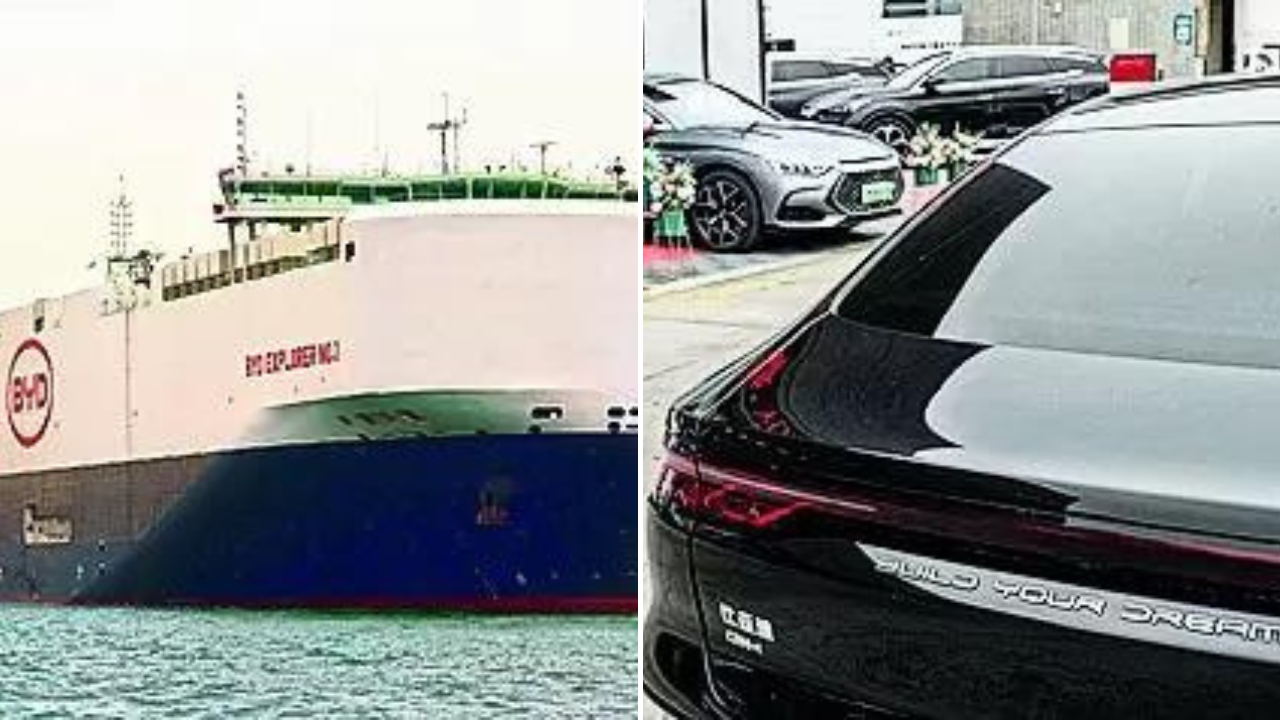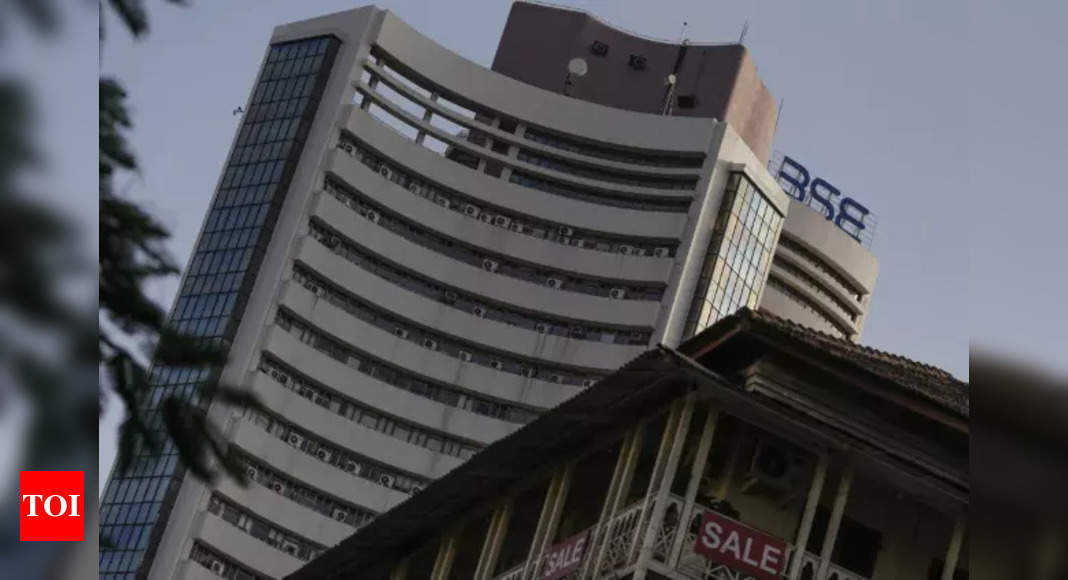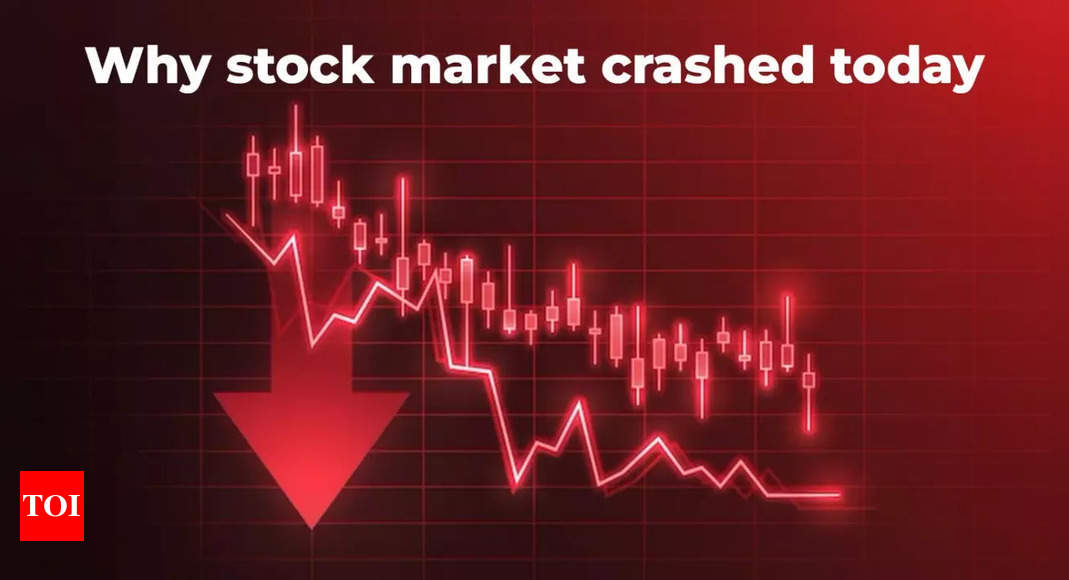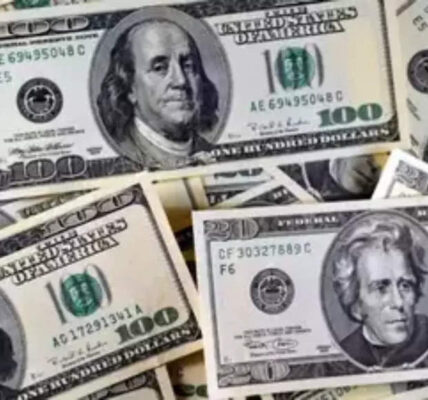from china BYD A battery manufacturer tried its hand at building cars when it showcased its latest model in 2007. US officials at the Guangzhou Auto Show noted the car’s uneven paint job and poor fitting of its doors. “They were the laughingstock of the industry,” said China auto industry analyst Michael Dunn. No one is laughing at BYD now.
The company passed Tesla worldwide sales Completely electric cars BYD has been building assembly lines in Brazil, Hungary, Thailand and Uzbekistan since late last year and is preparing to do so in Indonesia and Mexico. It is increasing exports to Europe, and its sales, more than 80% of which are in China, have increased by about 1 million cars in each of the past two years. The last automaker to accomplish this feat in even one year in the U.S. market was General Motors – and that was in 1946, when GM had suspended passenger car sales for the previous four years due to World War II.
Based in Shenzhen, the center of China’s electronics industry, BYD has shown how Chinese carmakers can take advantage of the country’s dominance of electrical products. BYD is leading China’s exports of electric cars, and is rapidly building the world’s largest car carrier ships to transport them. The first of the ships, BYD Explorer No. 1, is on its maiden voyage from Shenzhen with 5,000 electric cars, and is expected to reach the Netherlands by February 21.
The success of China and BYD has brought more scrutiny. Tesla CEO Elon Musk warned about the strength of Chinese electric car exports in the company’s earnings call in January. He said, “Frankly, I think if trade barriers weren’t put in place, they would collapse most other companies in the world.”
BYD’s chairman, Wang Chuanfu, founded the company in 1995 to make batteries for consumer electronics companies. In 2003, BYD purchased a factory in Xi’an that was manufacturing gasoline-powered cars. But the company had a rough start and gained an early reputation for making clunkers. In a tour of the factory in 2006, a large repair area at the end of the assembly line was filled with newly built cars that already needed more work.
BYD’s sales increased as the Chinese market grew. In 2008, Wang announced plans to export electric cars to the US, but he had to put the plan on hold because they cost too much to make at the time and their range was limited.
By 2012, car production in China had caught up with demand. Buyers became more selective. BYD’s car sales and stock price declined as multinational companies introduced more stylish models. In 2016, he hired Wolfgang Egger, a leading Audi designer, who in turn hired hundreds more car engineers with a penchant for adventure. They completely redesigned BYD’s models.
Wang replaced the standard expensive chemicals in rechargeable lithium batteries – nickel, cobalt and manganese – with cheaper iron and phosphate. But they ran out of juice quickly and had to recharge even after short trips.
In 2020, BYD introduced its Blade batteries, which closed most of the so-called range gap with nickel-cobalt batteries at a fraction of their cost. Tesla began making and selling cars in China that same year, and enthusiasm for electric cars grew throughout the country. BYD still sells mostly cheap cars with low range, while Tesla sells expensive cars with greater range.
The company passed Tesla worldwide sales Completely electric cars BYD has been building assembly lines in Brazil, Hungary, Thailand and Uzbekistan since late last year and is preparing to do so in Indonesia and Mexico. It is increasing exports to Europe, and its sales, more than 80% of which are in China, have increased by about 1 million cars in each of the past two years. The last automaker to accomplish this feat in even one year in the U.S. market was General Motors – and that was in 1946, when GM had suspended passenger car sales for the previous four years due to World War II.
Based in Shenzhen, the center of China’s electronics industry, BYD has shown how Chinese carmakers can take advantage of the country’s dominance of electrical products. BYD is leading China’s exports of electric cars, and is rapidly building the world’s largest car carrier ships to transport them. The first of the ships, BYD Explorer No. 1, is on its maiden voyage from Shenzhen with 5,000 electric cars, and is expected to reach the Netherlands by February 21.
The success of China and BYD has brought more scrutiny. Tesla CEO Elon Musk warned about the strength of Chinese electric car exports in the company’s earnings call in January. He said, “Frankly, I think if trade barriers weren’t put in place, they would collapse most other companies in the world.”
BYD’s chairman, Wang Chuanfu, founded the company in 1995 to make batteries for consumer electronics companies. In 2003, BYD purchased a factory in Xi’an that was manufacturing gasoline-powered cars. But the company had a rough start and gained an early reputation for making clunkers. In a tour of the factory in 2006, a large repair area at the end of the assembly line was filled with newly built cars that already needed more work.
BYD’s sales increased as the Chinese market grew. In 2008, Wang announced plans to export electric cars to the US, but he had to put the plan on hold because they cost too much to make at the time and their range was limited.
By 2012, car production in China had caught up with demand. Buyers became more selective. BYD’s car sales and stock price declined as multinational companies introduced more stylish models. In 2016, he hired Wolfgang Egger, a leading Audi designer, who in turn hired hundreds more car engineers with a penchant for adventure. They completely redesigned BYD’s models.
Wang replaced the standard expensive chemicals in rechargeable lithium batteries – nickel, cobalt and manganese – with cheaper iron and phosphate. But they ran out of juice quickly and had to recharge even after short trips.
In 2020, BYD introduced its Blade batteries, which closed most of the so-called range gap with nickel-cobalt batteries at a fraction of their cost. Tesla began making and selling cars in China that same year, and enthusiasm for electric cars grew throughout the country. BYD still sells mostly cheap cars with low range, while Tesla sells expensive cars with greater range.

